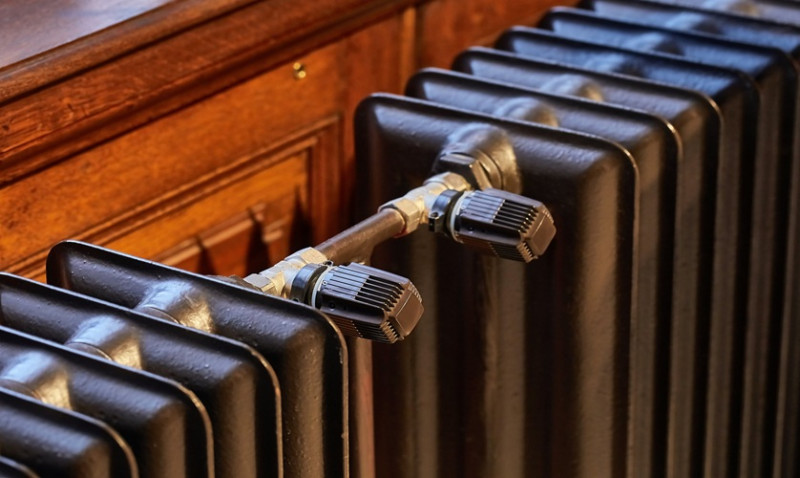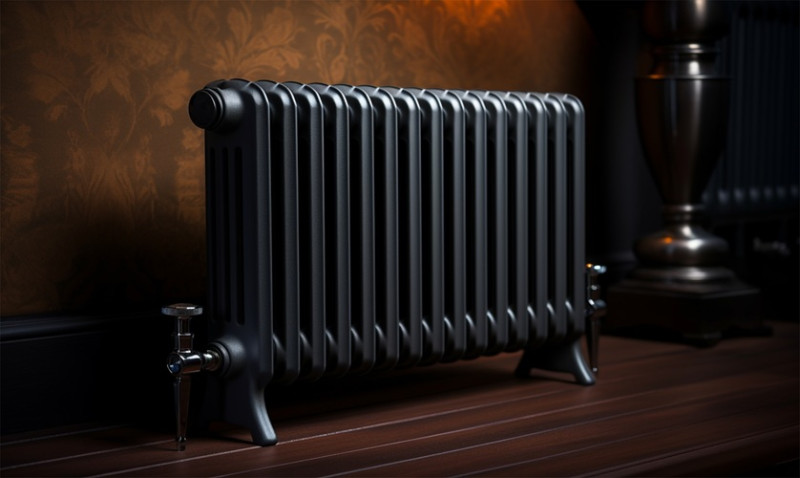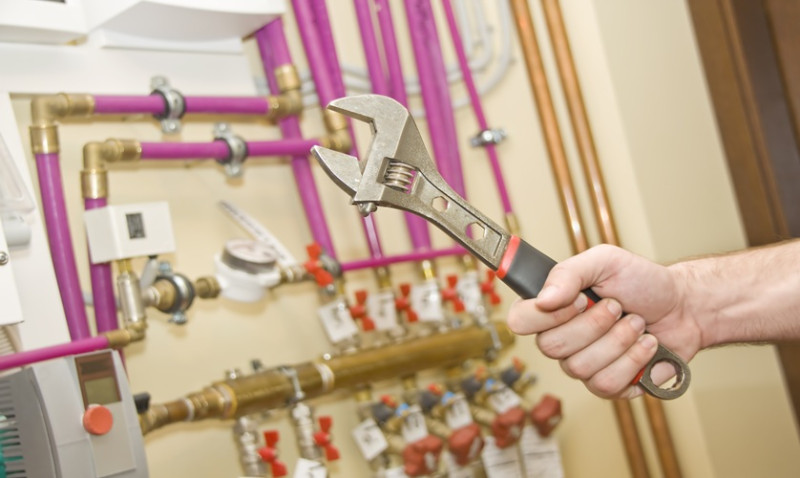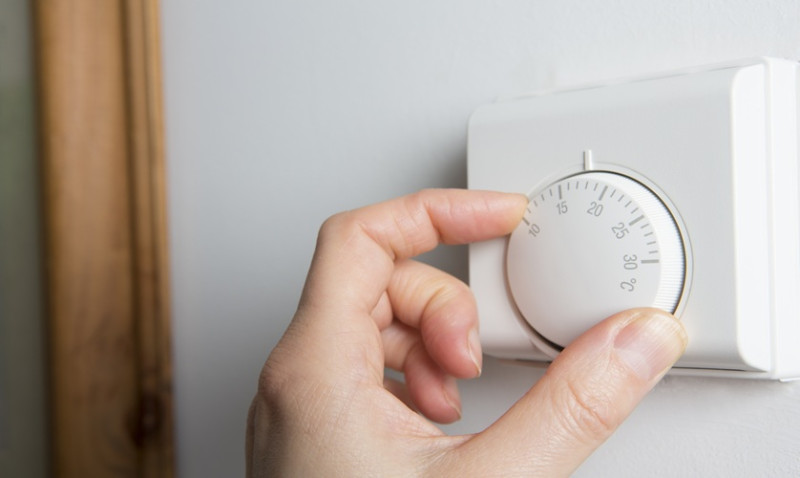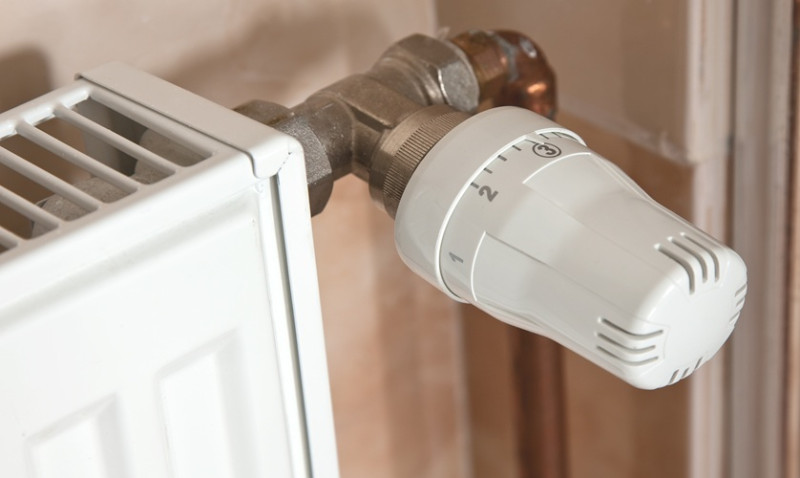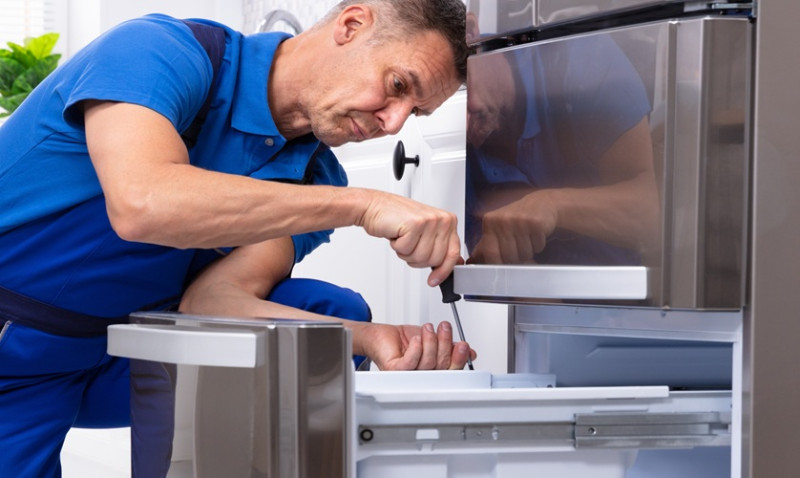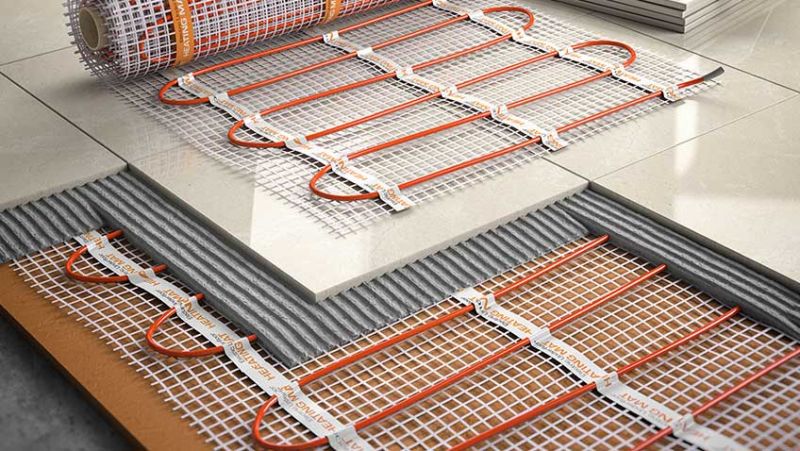
As the days get shorter and the weather gets colder, it's more important than ever to make sure your home is warm. Underfloor heating is one option that has been growing in popularity in recent years, and there are many benefits to consider before making a decision. In this article, we will look at the pros and cons of underfloor heating so that you can make an informed decision about what's right for your home.
Underfloor heating is a great way to keep your home warm, but there are a few things to consider before making the switch. One of the biggest benefits of underfloor heating is that it is very efficient, meaning that you'll save money on your energy bills. In addition, it is very low maintenance and can be easily installed by a professional. However, there are a few things to keep in mind before making the switch to underfloor heating. One of the biggest considerations is the cost of installation, as it can be quite expensive.
How does It work?
Underfloor heating can be powered by either water or electricity. The water-based systems circulate warm water through pipes installed underneath the floor. This heat is then distributed evenly and warms the room above. Electric systems use wires installed under the floor. When the system is turned on, these wires heat up and create heat that spreads through the floor. Both types of systems need a power or heat source and a thermostat to control the temperature.
Benefits of Underfloor Heating
Underfloor heating is a great way to keep your home warm and comfortable all year round. Firstly, the heat produced by underfloor heating is even and consistent, meaning that you can feel the heat from the system throughout the room. In comparison to traditional radiators, underfloor heating can be run at much lower temperatures to heat a room, making it more efficient and cheaper to run. Lastly, underfloor heating is hidden away beneath your flooring, so it doesn’t take up valuable space in your room as radiators can.
If you're looking to make the most of your living space, underfloor heating is a great option. It takes up comparatively little space, meaning you can remove radiators from walls and create more storage or open up your rooms. Keep in mind that there may be a slight increase in floor height if you install a warm water system, due to the space needed for pipes.
Underfloor heating is a great way to keep your family safe. Because the heating is located under the floor, it is inaccessible to children. This means that there is no risk of them touching a hot radiator and burning their skin.
It is also a great way to save money on your energy bills and keep your home warm and comfortable all winter long. If you’re thinking about installing underfloor heating, be sure to consult with a professional to ensure that it’s the right choice for your home.
For which room does it work best?
Underfloor heating is a great option for any room in your home, but it can be especially nice in the bedroom. With underfloor heating, you can set the system to warm your floor and room before you wake up, so you don’t have that cold shock first thing in the morning. This can be a really comfortable way to start your day.
What kind of floor does it work best?
Underfloor heating is a great way to heat your home and can be used with most flooring materials. However, it works best with some flooring materials than others. If you are considering installing carpet in your home and you want to use underfloor heating, make sure the carpet isn't too thick. Vinyl flooring is a great option to use with underfloor heating as it doesn't inhibit the heat in the same way other floors can.
Vinyl flooring is also naturally warm, making it a great option for the two most popular rooms for underfloor heating, the bathroom and kitchen. Underfloor heating can make a great addition to your home and really improve the heating and comfort of your home. Hopefully, this article has given you more information on the system and some ideas about how it could help your home.
